Journalist: Nuclear waste management is key to nuclear renaissance
“The momentum toward a new era of nuclear energy is predicated in part on government and industry claims that new technological solutions to nuclear waste are forthcoming. But challenges remain in their realization at the necessary scale,” writes freelance journalist Jenny Johnson in the article “Nuclear renaissance hinges on solving the waste issue."
Backlog as a barrier: Johnson begins her essay, which was published recently on the China Dialogue website, by noting that the notorious backlog of high-level waste (that is, used nuclear fuel) from nuclear reactors in need of safe and permanent disposal “presents a major challenge and inhibits social acceptance of the energy source at a time when the industry is presenting itself as essential to addressing the climate crisis, as well as energy security in a changing geopolitical landscape.”
Johnson then cites Finland’s Onkalo disposal facility, currently under construction and due to open in 2025, as that country’s “basis for dramatically increasing the share of nuclear power in [Finland’s] energy mix.”
The future is murkier in the United States. A 2021 statement by the U.S. Nuclear Waste Technical Review Board (NWTRB) observes that the lack of progress on developing and operating a geological repository in the United States “impedes the associated potential benefits of having nuclear energy as part of a zero-carbon future for mitigation of climate change.”
Consent, or not: After describing the details of the disposal process planned for the Onkalo site, Johnson discusses moves in other countries to construct similar repositories for nuclear waste, including in Sweden, France, the United Kingdom, Switzerland, and Canada. She notes that the approval and construction of disposal sites in Western countries can be slowed by government and private sector efforts to engage local municipalities in consent-based siting processes.
By contrast, “In countries where consent-based processes are not a requirement, progress on geological disposal is being made,” according to Johnson, who describes projects in China (Gansu province) and Russia (near Krasnoyarsk, Siberia) where underground sites are or were being evaluated for their suitability for storing radioactive waste.
In the interim: One way or another, Johnson says, permanent disposal is a long way off. But consolidated interim storage facilities (CISFs) for nuclear waste “are being designed to operate for many decades until geologic disposal becomes more widely available.” Two CISF projects are being pursued in the United States—Holtec International’s HI-STORE facility in New Mexico and a project in Texas by Interim Storage Partners. “However,” Johnson adds, “the country’s continuing lack of progress on a final disposal solution could preclude social acceptance of the interim sites.”
Emerging concerns: Johnson notes that the higher levels of radioactivity in contemporary fuels pose an emerging issue, as mentioned in the NWTRB report: “Extensive research has provided confidence that storing and transporting low-burnup fuel . . . complies with [NRC] regulations. Similar research for [high-burnup] fuel has started but will take time to complete.” In short, there is some concern whether today’s used fuel poses greater risks than legacy fuel. Others are concerned about the possible need for repackaging that legacy waste, which has sat in canisters for decades, before transportation and/or insertion into a geological disposal site.
Johnson concludes her essay by opining that “it is impossible to minimize the real and persistent challenges of existing and future radioactive waste management, which will ultimately shape the outlook of the industry moving forward.”




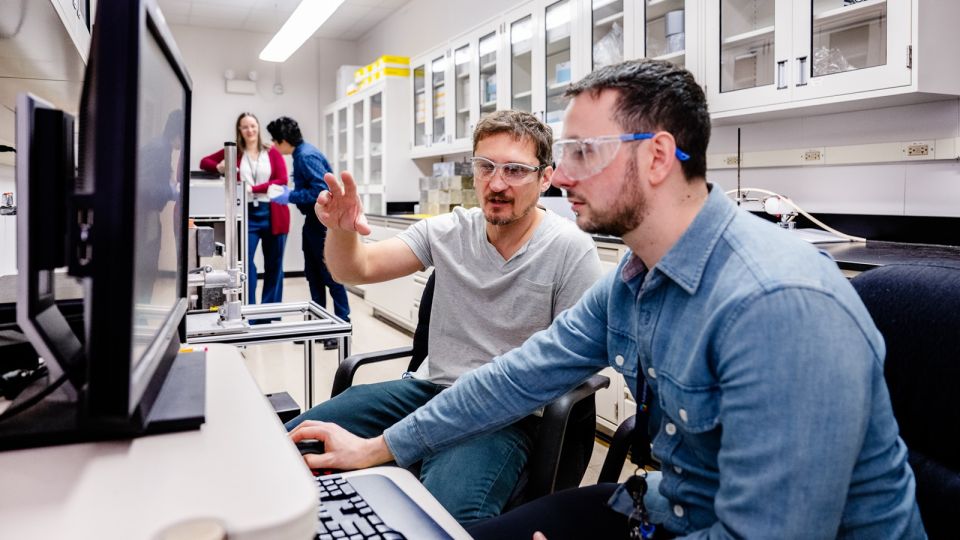
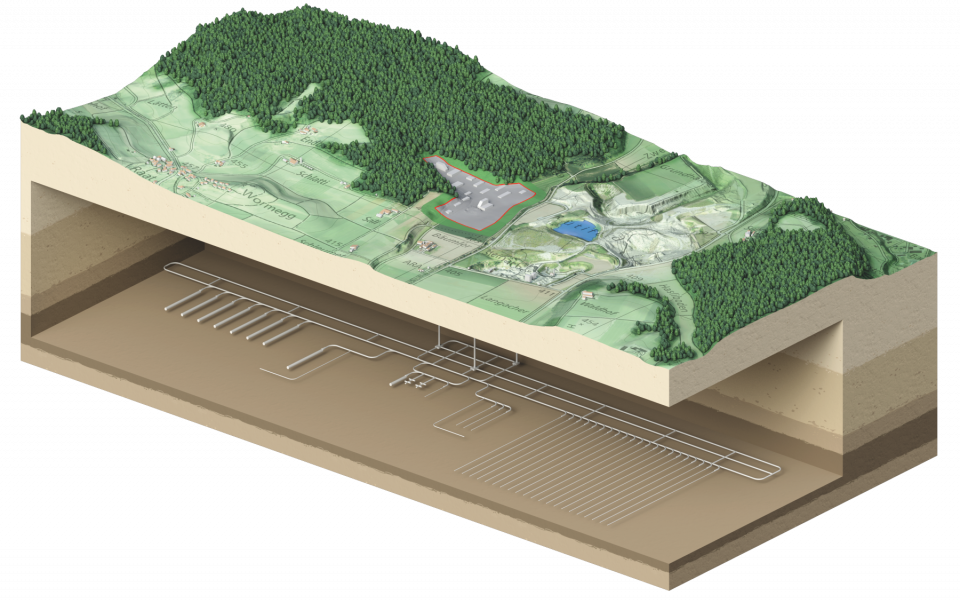

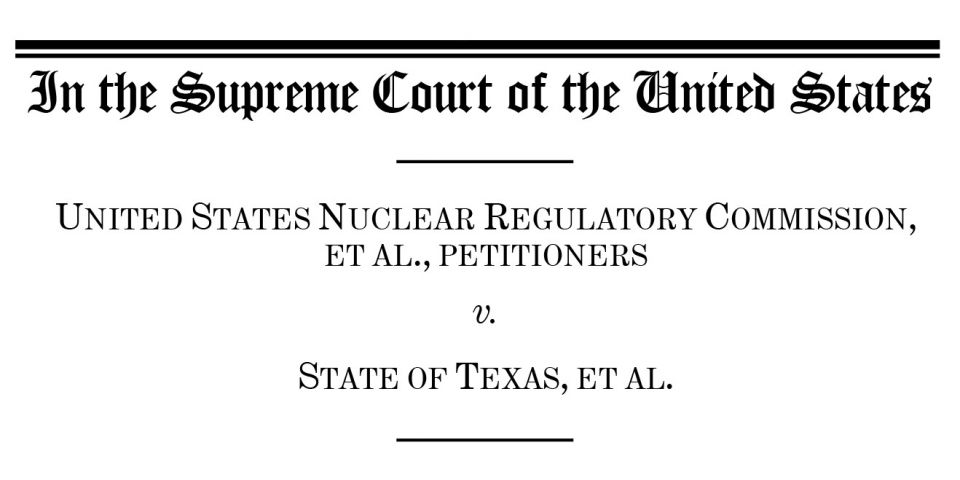
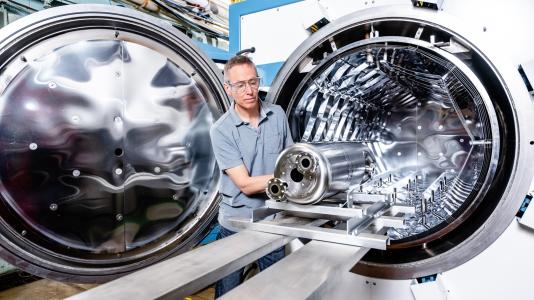
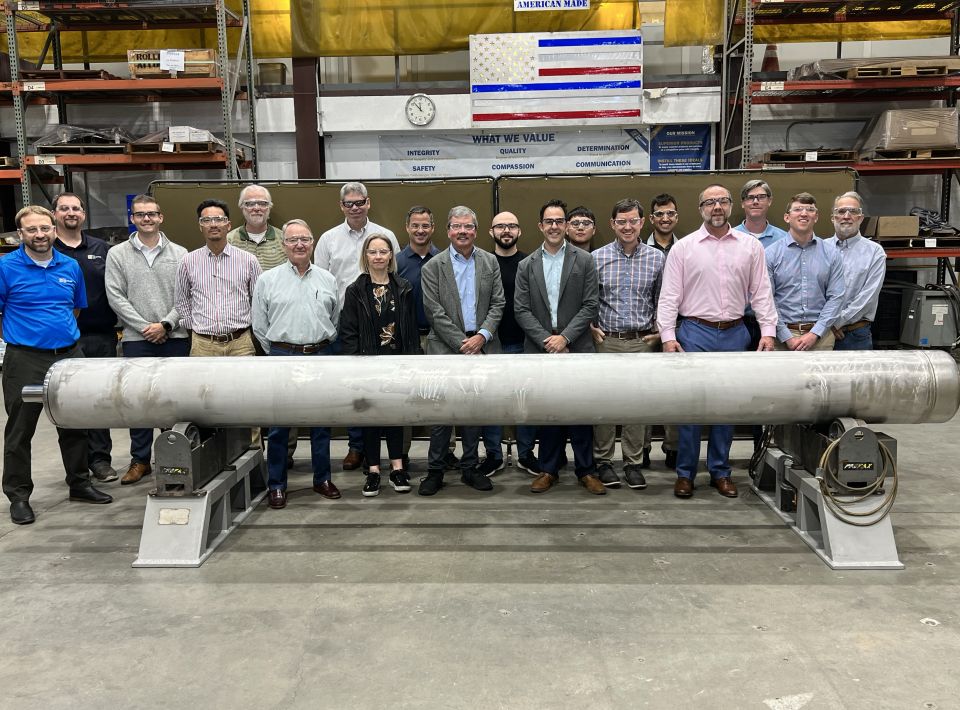 rotated.jpg)